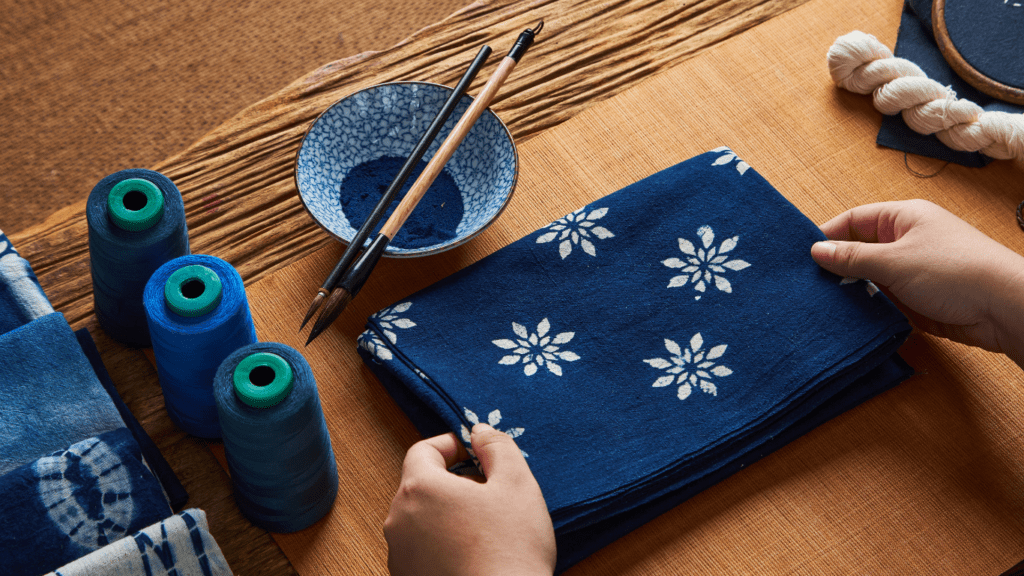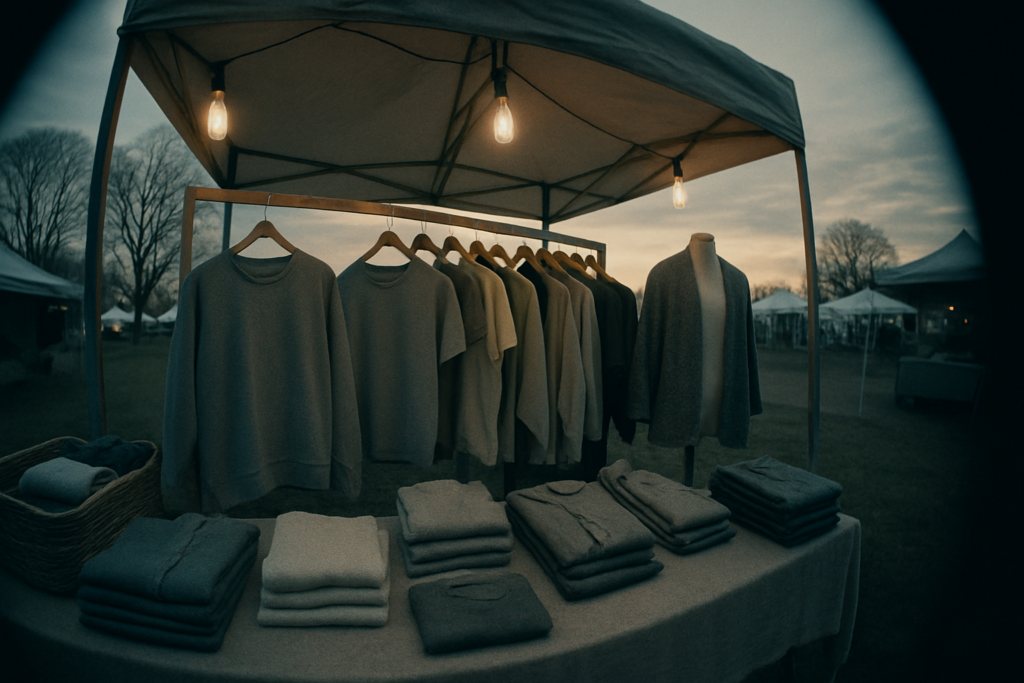Understanding Eco-Friendly Fabrics
Eco-friendly fabrics offer a sustainable alternative to conventional textiles, benefiting both the environment and consumers. They generally encompass materials produced with minimal impact on ecosystems.
Definition and Importance
Eco-friendly fabrics include materials made from:
- organic
- renewable
- recycled resources
For example, organic cotton grown without synthetic pesticides conserves biodiversity and soil health.
Recycled polyester reduces waste by reprocessing plastic bottles into fibers. These fabrics also often use less water and energy than traditional options.
Selecting eco-friendly textiles supports sustainable practices and lessens the detrimental effects of the fashion industry.
Common Misconceptions
Many believe that eco-friendly fabrics always cost more or lack variety. However, this isn’t always true. Prices vary widely, and options exist to fit different budgets, such as second-hand clothing made from sustainable materials.
Another misconception is that sustainable textiles are less durable. In reality, fabrics like hemp and Tencel are both eco-friendly and long-lasting.
Furthermore, some think that all natural fabrics are eco-friendly, though this ignores the environmental impact of non-organic farming practices in products like conventional cotton.
Key Characteristics of Eco-Friendly Fabrics
Eco-friendly fabrics offer numerous benefits. Here are essential characteristics to consider.
Sustainability
Sustainable fabrics use renewable, organic, or recycled resources. These materials, such as organic cotton and hemp, reduce strain on ecosystems. For instance, organic cotton eliminates harmful pesticides, and hemp grows quickly without depleting soil nutrients.
Bamboo fabric, another sustainable option, grows rapidly and regenerates after harvesting.
Production Processes
Eco-friendly production involves minimal chemical use and less water consumption. Manufacturers use processes that reduce environmental harm. For example, the production of Tencel lyocell uses non-toxic solvents and recycles water.
Additionally, recycling old textiles to create new fabrics like recycled polyester minimizes waste and conserves energy.
Certification and Standards
Certifications ensure eco-friendly claims are credible. Recognized certifications include:
- Global Organic Textile Standard (GOTS)
- OEKO-TEX Standard 100
- Fair Trade. GOTS
Covers the entire textile supply chain, assuring organic status.
OEKO-TEX ensures textiles are free from harmful substances, while Fair Trade certifies ethical labor practices.
This section highlights the importance of selecting eco-friendly fabrics based on sustainability, production, and certifications.
Popular Eco-Friendly Fabrics

Several fabrics stand out for their eco-friendly properties. These materials contribute to a more sustainable fashion industry by using renewable resources and eco-friendly production methods.
Organic Cotton
Organic cotton eliminates synthetic pesticides, herbicides, and fertilizers. This fabric uses non-GMO seeds and relies on soil health through crop rotation.
It reduces water consumption, impacting about 71% less aquatic ecosystem harm. Look for GOTS or OEKO-TEX certifications when identifying genuine organic cotton.
Hemp
Hemp is a fast-growing plant requiring minimal water and no synthetic fertilizers. It’s naturally resistant to pests, which means it doesn’t rely on pesticides. Hemp’s deep root system reinforces soil health and reduces erosion.
The resulting fabric is durable, breathable, and biodegradable, making it an excellent eco-friendly choice.
Bamboo
Bamboo regenerates quickly, with some species growing three feet in 24 hours. This rapid growth doesn’t demand replanting after harvest.
Bamboo fabric may involve a chemical-intensive process; however, closed-loop production mitigates this by recycling chemicals used in the process. When looking for sustainable bamboo fabric, search for certifications like OEKO-TEX to confirm eco-friendly processing.
Choosing the Right Eco-Friendly Fabrics
Choosing eco-friendly fabrics ensures sustainable decisions impact the fashion industry positively. Key factors help in selecting the right materials.
Evaluating Fabric Sources
Evaluating fabric sources matters for true sustainability. Look for organic fabrics, such as organic cotton, certified by Global Organic Textile Standard (GOTS).
This certification guarantees that the cotton is grown without harmful pesticides. Recycled materials, like polyester, reduce waste and conserves resources.
Pay attention to supply chains. Local sources reduce carbon footprints from transportation. Fair Trade certifications ensure ethical practices and fair wages for workers.
Considering the End Life of Fabric
Considering the end life of fabric helps in minimizing environmental impact. Biodegradable fabrics, like hemp and bamboo, decompose naturally without leaving harmful residues. They offer a sustainable alternative to synthetic fabrics, which take decades to break down.
Recyclable fabrics matter too. Ensure fabrics like wool and cotton are reusable and recyclable. Check for fabric blends, as mixed materials often complicate recycling processes.




